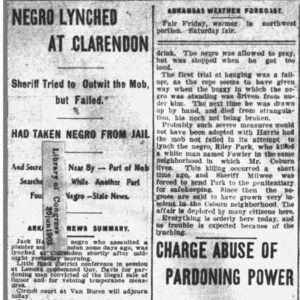 Jack Harris Lynching Article
Jack Harris Lynching Article
County: Randolph
 Jack Harris Lynching Article
Jack Harris Lynching Article
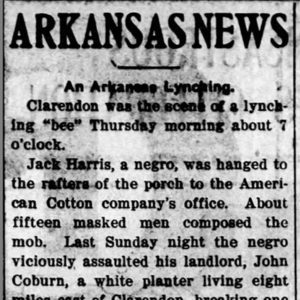 Jack Harris Lynching Article
Jack Harris Lynching Article
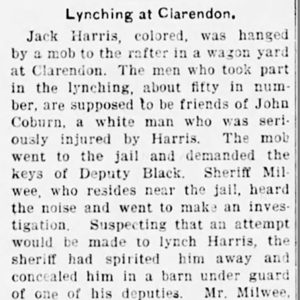 Jack Harris Lynching Article
Jack Harris Lynching Article
Hudson, Joel Carrington
 Jarrett Baptist Church Sign
Jarrett Baptist Church Sign
 Jarrett Cemetery
Jarrett Cemetery
Marr’s Creek Bridge
 Marr's Creek Bridge
Marr's Creek Bridge
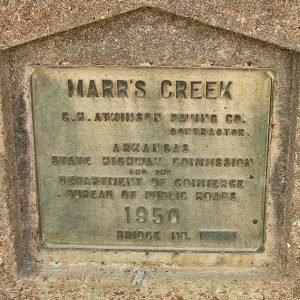 Marr's Creek Bridge Plaque
Marr's Creek Bridge Plaque
 Marr's Creek Bridge
Marr's Creek Bridge
Maynard (Randolph County)
Maynard Baptist Academy
aka: Abbott Institute
aka: Ouachita Baptist Academy
Maynard Pioneer Museum and Park
 Maynard Pioneer Museum
Maynard Pioneer Museum
 Maynard Pioneer Museum
Maynard Pioneer Museum
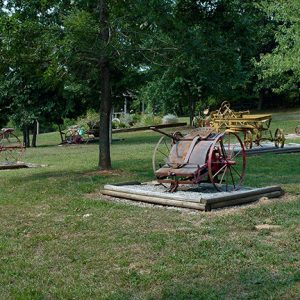 Maynard Pioneer Museum
Maynard Pioneer Museum
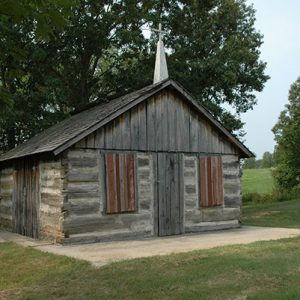 Maynard Pioneer Museum Grounds
Maynard Pioneer Museum Grounds
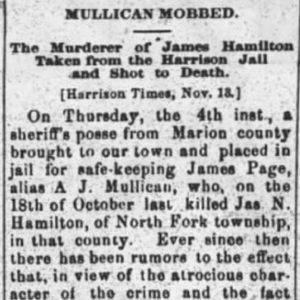 Andrew Mullican Lynching Article
Andrew Mullican Lynching Article
O’Kean (Randolph County)
Old Jackson (Randolph County)
 Old Jackson Cemetery
Old Jackson Cemetery
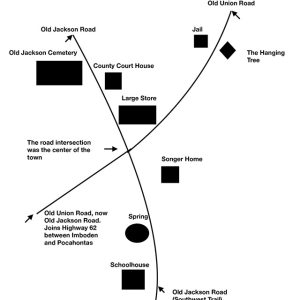 Old Jackson Map
Old Jackson Map
 Old Jackson Road
Old Jackson Road
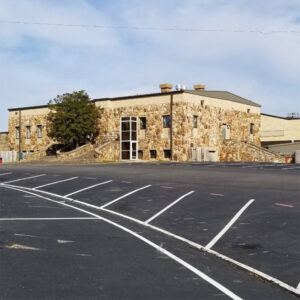 Old Pocahontas High School
Old Pocahontas High School
Old Randolph County Courthouse
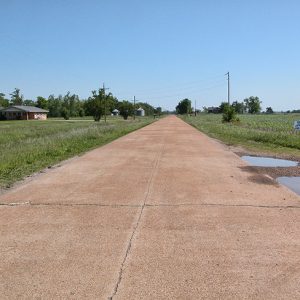 Old U.S. Highway 67
Old U.S. Highway 67
Old Union School
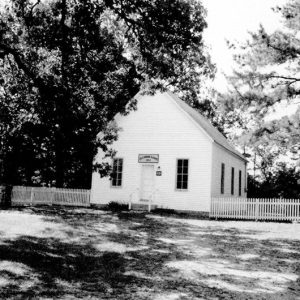 Old Union School
Old Union School
Patterson, Missouri, to Cherokee Bay, Scout from
Philip Hall Likes Me, I Reckon Maybe
 Pitman's Ferry Memorial
Pitman's Ferry Memorial
Pitman’s Ferry, Skirmish at (April 1, 1862)
Pitman’s Ferry, Skirmish at (October 27, 1862)
Pocahontas (Randolph County)
 Pocahontas Bridge
Pocahontas Bridge
Pocahontas Commercial Historic District
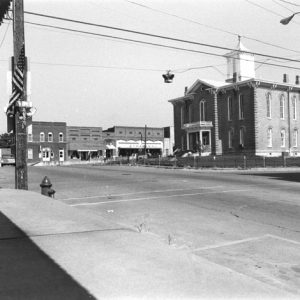 Pocahontas Courthouse Square
Pocahontas Courthouse Square
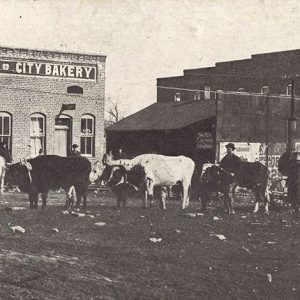 Pocahontas Courthouse Square
Pocahontas Courthouse Square
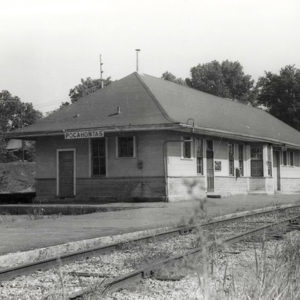 Pocahontas Depot
Pocahontas Depot
 Pocahontas Post Office
Pocahontas Post Office
Pocahontas Post Office (Historic)
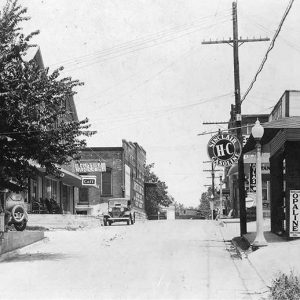 Pocahontas Street Scene
Pocahontas Street Scene
 Pocahontas Water Tank
Pocahontas Water Tank
Randolph County
Randolph County Courthouse
 Randolph County Courthouse
Randolph County Courthouse
 Randolph County Courthouse
Randolph County Courthouse
 Randolph County Courthouse
Randolph County Courthouse
Randolph County Heritage Museum
 Randolph County Heritage Museum
Randolph County Heritage Museum




